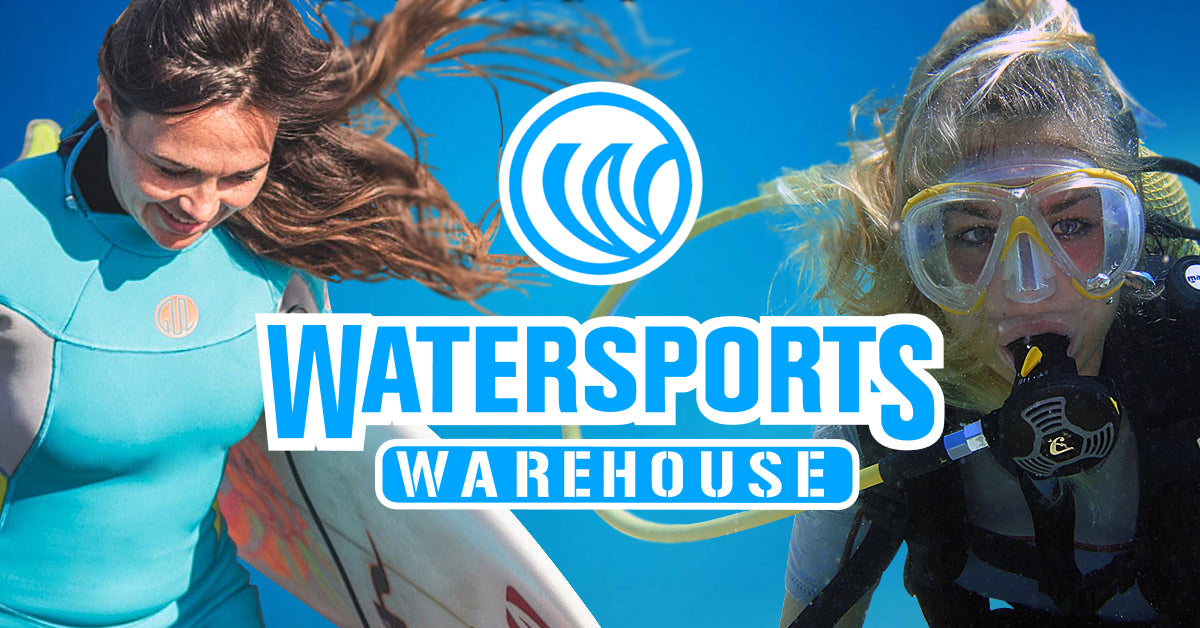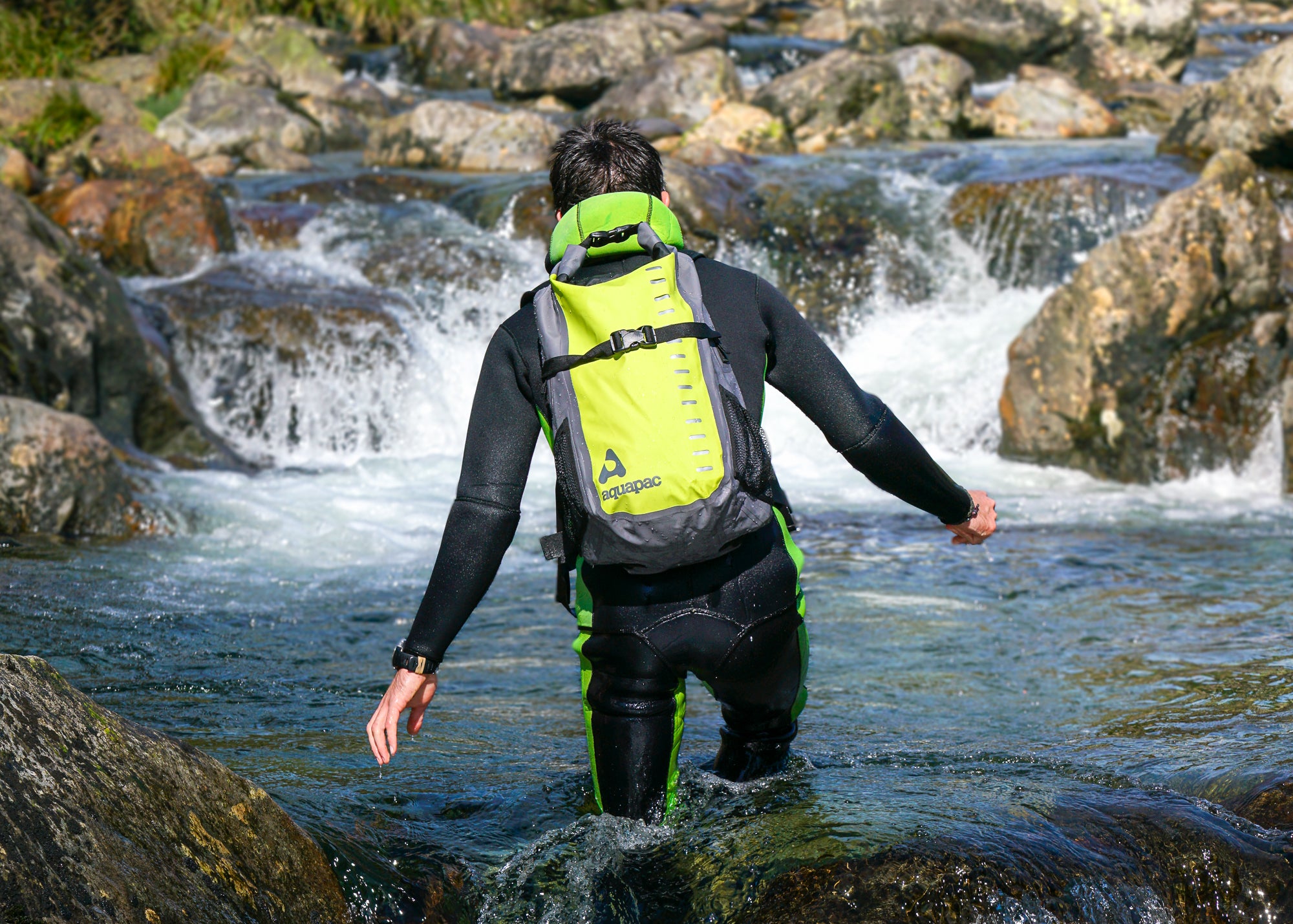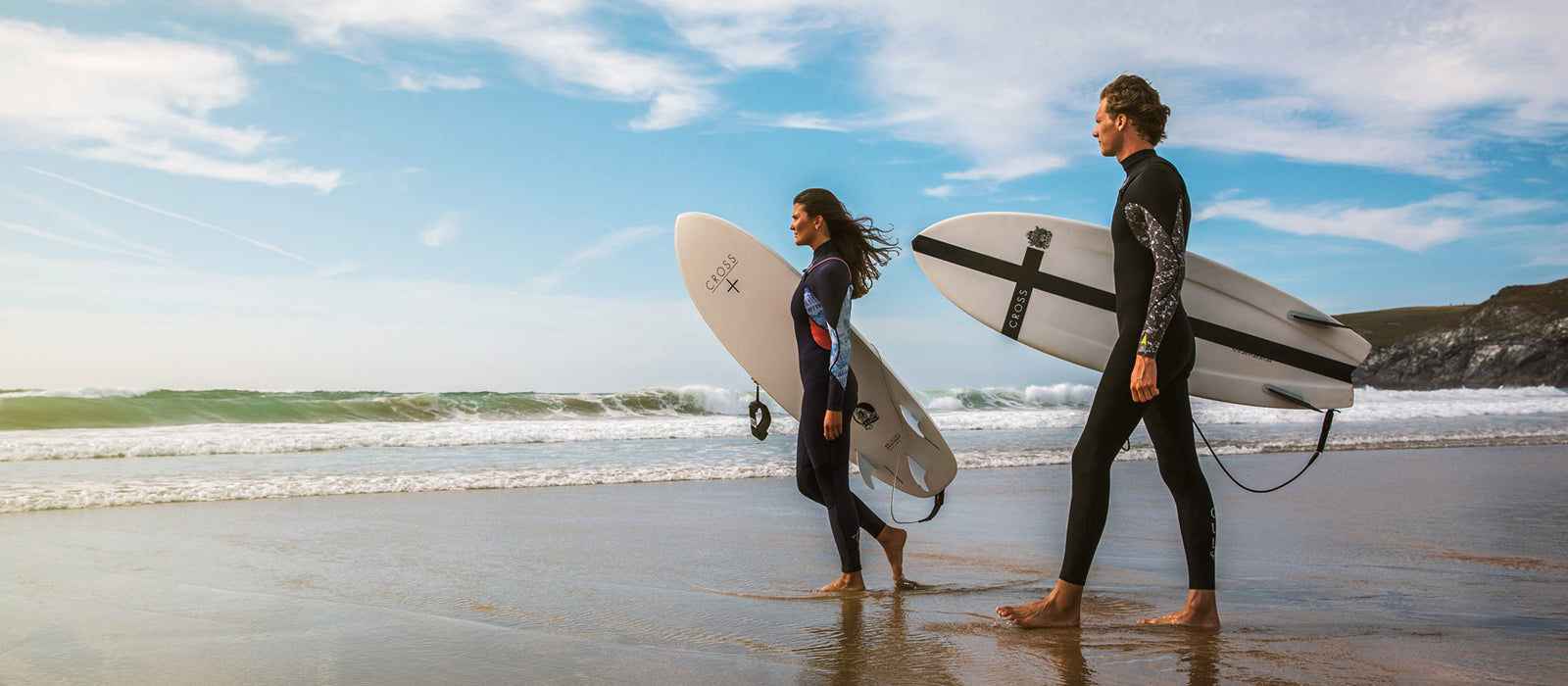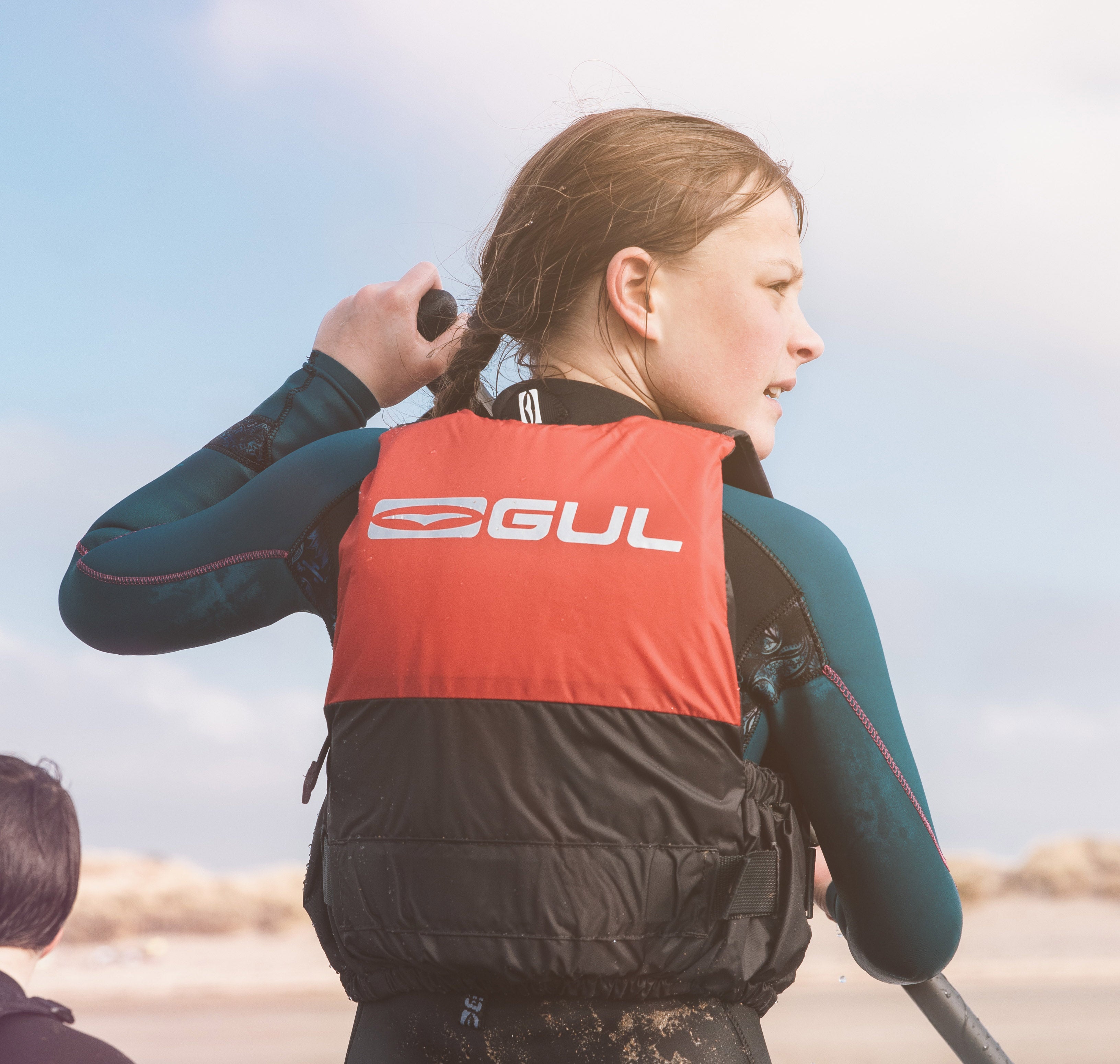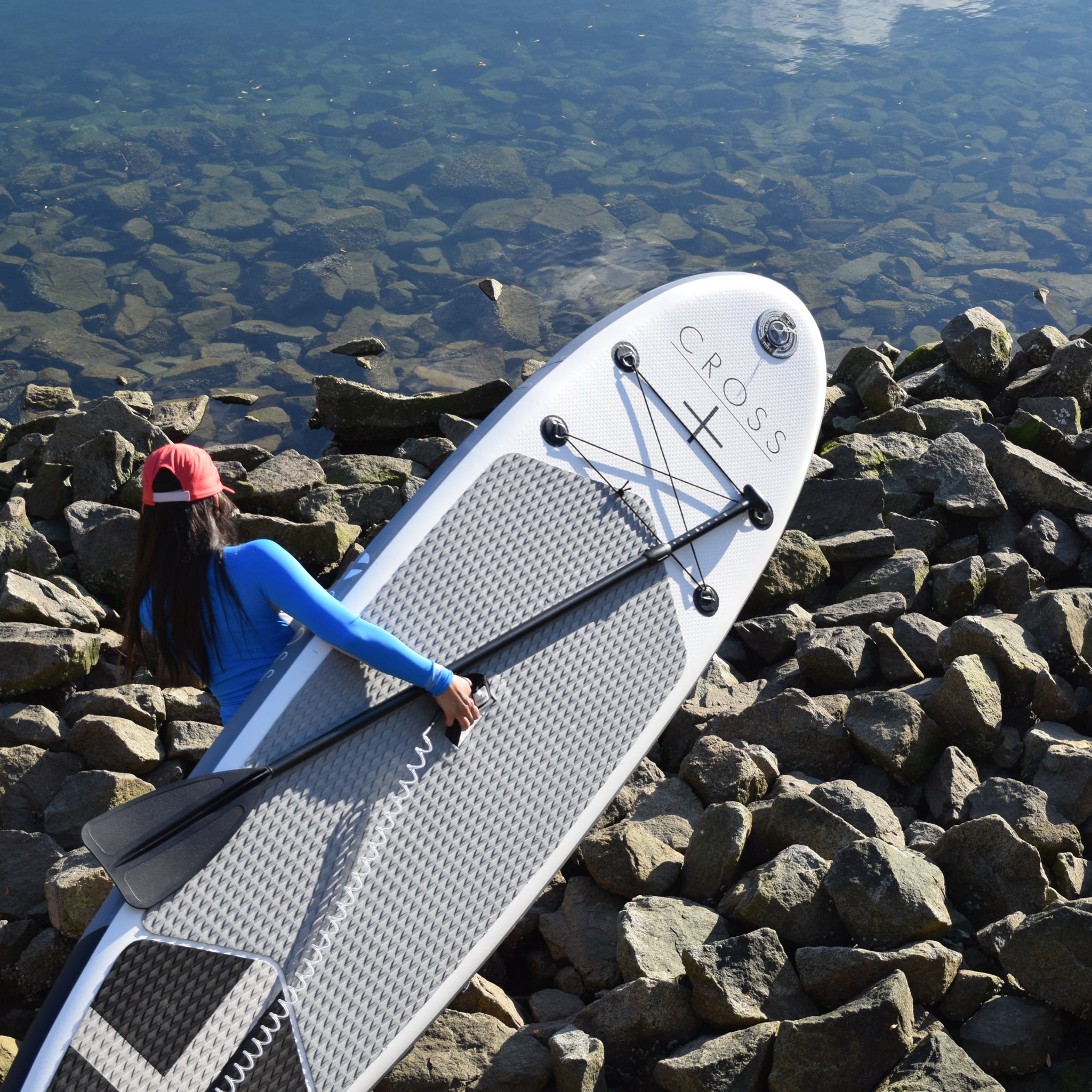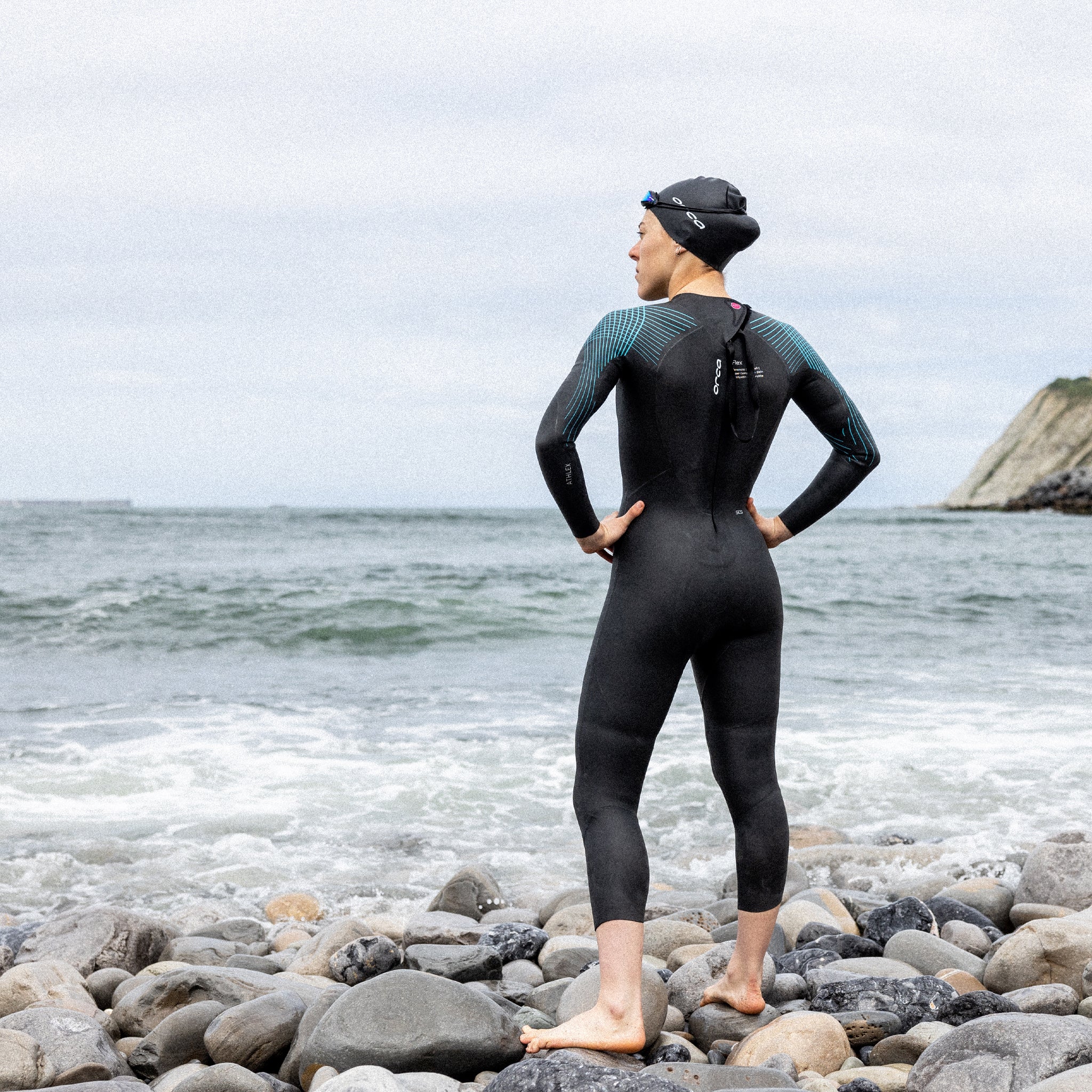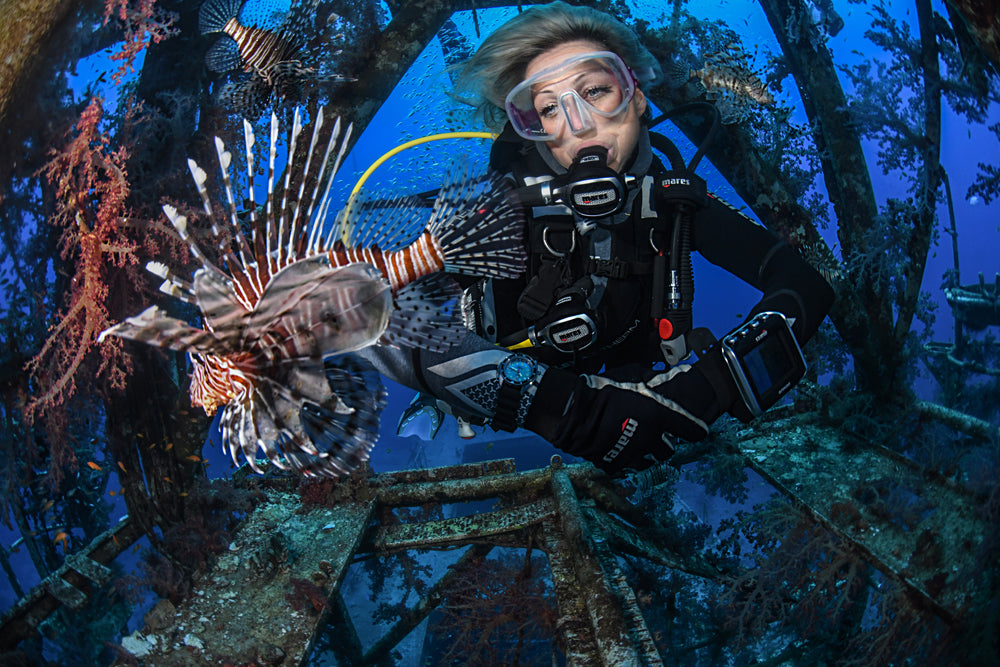Menu
Your cart is empty
Looks like you haven't added anything to your cart yet
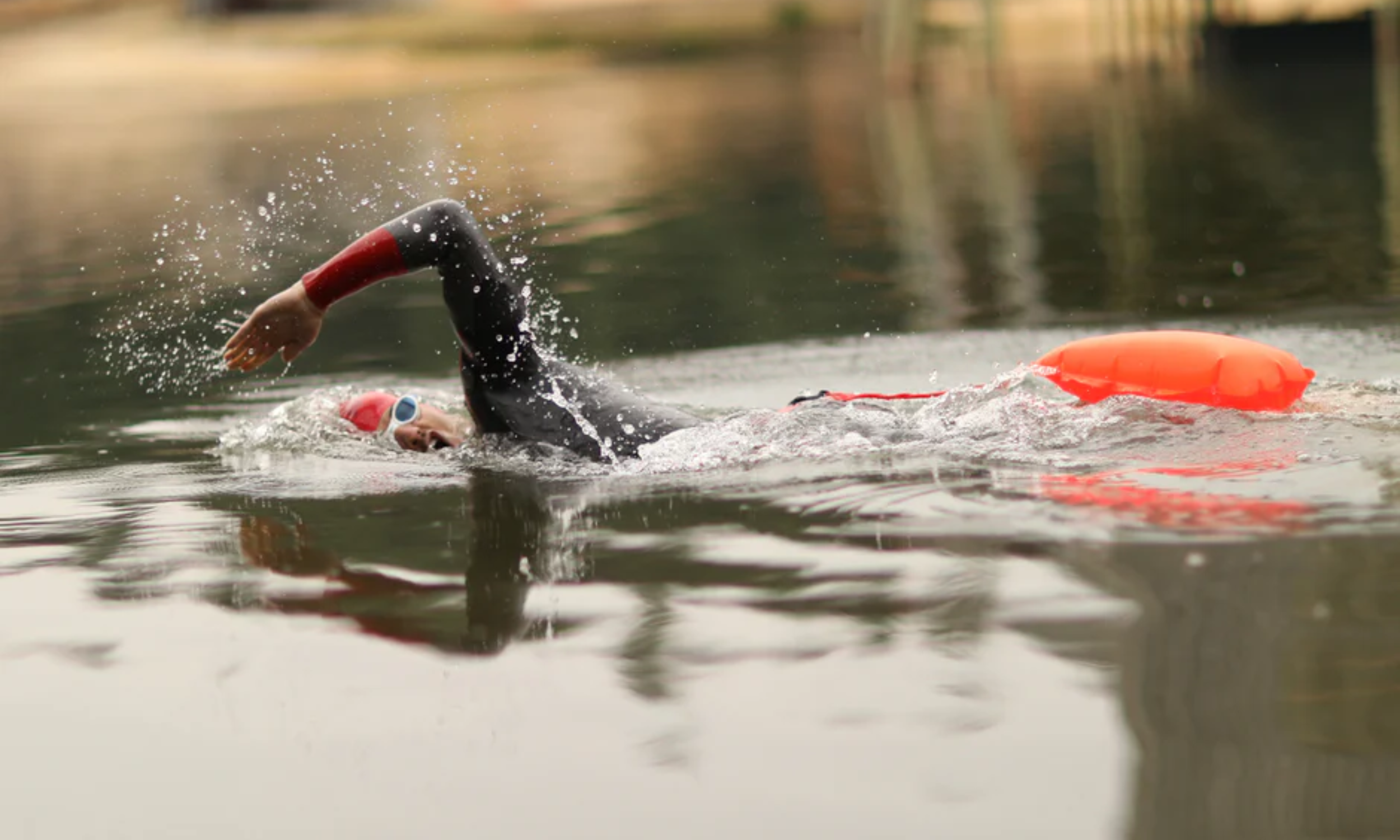
Cold Water Swimming: A Safety Guide from Watersports Warehouse
Cold water swimming is a fantastic winter activity that's increasingly popular. However, because we're in Britain where the water temperature is mostly cold all year round, it's essential to be aware of the associated risks. Before you embark on your cold water journey, read this safety guide to ensure you can enjoy the experience safely throughout the season.
Venue
Cold water swimming offers numerous health benefits, but safety should always be a priority. Regardless of your experience level, never swim alone. Opt for managed venues with qualified lifeguards for a safer swimming experience.
- Choose venues with qualified lifeguards during cold water swim sessions.
- Seek advice and guidance from venue staff before and after your swim.
- Look for venues offering cold water swimming clubs for additional support.
- Familiarise yourself with water temperature, course layout, and venue facilities before swimming.
Education
While there's plenty of information available about cold water swimming, be cautious and avoid relying solely on social media or advice from friends. Consider completing a cold water swimming induction course to equip yourself with essential knowledge and skills for safe swimming.
- Induction courses cover crucial aspects like preparing for cold water swimming, cold water shock, and identifying signs of hypothermia.
- Consider participating in quizzes or induction courses specific to cold water swimming.
- Ensure you have adequate knowledge before swimming in water temperatures below 10°C.
Equipment
Having the right equipment is essential for cold water swimming to ensure visibility and safety. Here are some recommended safety items:
- Swim Safety Buoys: Makes you visible to lifeguards, especially if swimming without a wetsuit.
- Brightly coloured swim cap: Enhances visibility and preserves body heat.
- Safety wristband: Provides additional safety measures if available.
- Whistle: A handy tool to attract attention if needed.
- Essential items in your swim kit include swimsuit, wetsuit (if desired), towel, dry changing robe, goggles, neoprene gloves, and socks.
- Pack weather-appropriate clothing for after your swim, including layers, a coat, hat, socks, gloves, and a scarf.
Preparing for Cold Water
Acclimatising yourself to cold water is crucial before diving in. Start in the summer when water temperatures are relatively warmer and gradually progress to colder temperatures.
- Attend regular open water swim sessions to acclimatise your body to the water temperature.
- Incorporate regular cold showers or baths into your routine to prepare your body.
- Set realistic swim plans and avoid pushing your limits.
In the Water
When swimming in cold water, take necessary precautions to stay safe:
- Follow venue safety rules at all times.
- Inform the lifeguard if it's your first cold water swim.
- Enter the water using steps or a ramp to avoid cold water shock.
- Practice breathing techniques and limit your swim time.
- Stay aware of your body's signals and be prepared to seek help if needed.
After Your Swim
After exiting the water, focus on gradually warming up your body:
- Tap out using safety wristbands upon exiting the water.
- Dry off and change into warm, dry clothing promptly.
- Consume warm drinks and snacks to refuel your body.
- Avoid hot showers immediately after swimming to prevent rapid cooling.
Remember to rinse your swim kit with cold water at home to maintain hygiene and prolong its lifespan.
By following these safety guidelines, you can enjoy cold water swimming safely and make the most of this exhilarating activity throughout the winter season.
- Choosing a selection results in a full page refresh.

